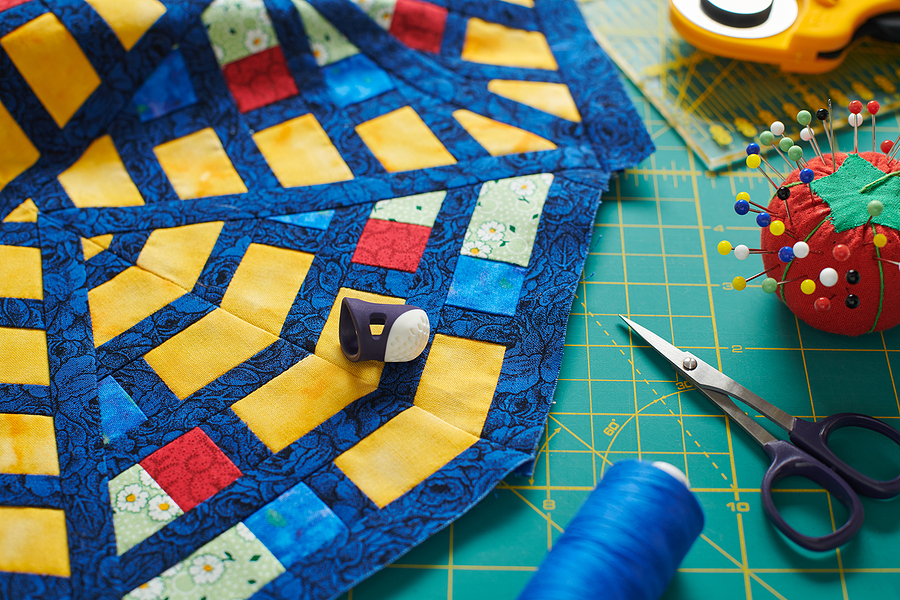
While needlework followers are often unfairly stereotyped to a specific age demographic, you’ll be surprised to know that even some of the smallest quilt magazine subscription readerships number in the tens of thousands. In fact, the industry has quite an ardent, loyal following, meaning people who love sewing and or needlework are often spoilt for choice when it comes to content. However, having so many options usually makes the decision-making process even more difficult, which is why we have compiled this “how-to guide” to help you through the process.
What is your budget?
The first thing you need to nail down is your budget. How much can or are you able to spend per month on a quilt magazine subscription. Once you’ve pinpointed your maximum price, start researching available options.
What content do you want?
Once you’ve clarified your budget, the next step is focused on content. At a basic level, what type of content do you want to see? Do you want your quilt magazine subscription to show you local sewing and needlework products, or would you prefer to see information from overseas? Some publications focus more on domestic content, while others focus on a range of homewares and arts/crafts topics.
In fact, if you’re interested in a range of topics, like homewares, knitting, gardening, cooking and other domestic-related subject areas, then it might be worth branching out beyond your quilt magazine subscription. However, even if you only want needlework-related content, then there are still plenty of publications that specialise in this area.
How often do you want new content?
Furthermore, it would help if you considered how often you want to receive new content from your quilt magazine subscription. Once a fortnight? Once a month? Quarterly? Bi-yearly? Each publication releases a new issue at a different time frame; however, this time frame is predicated on several factors. These include the size of the issue, the scale of production, the type of content being developed and communicated and how large your customer base.
For example, the most established publications (like National Geographic, TIME, etc.) take approximately six months to produce a single issue. So, there’s generally a lot in the pipeline, and forthcoming monthly issues are often completed well in advance of their release date.
Do you want a flexible plan?

For the modern consumer, flexibility is a big deal. While one quilt magazine subscription might only offer set, locked-in contracts, others might have a laxer policy, in which you can cancel at any time. If you have only recently become interested in sewing and needlework, then it might be worth picking a publication that allows you to cancel without incurring a considerable charge.
The last thing you want to do is sign up for a new quilt magazine subscription, only to find that the first issue is massively underwhelming. Thankfully, most publications offer samples that you can read through and online snippets to ensure that you know what you’re purchasing!
Who says you need only one?
There’s nothing that says you can only endorse or follow one publication. In fact, we recommend branching out and contributing to multiple publications. This way, you’ll get access to as much sewing material as possible.
A final, useful tip
To get the most out of your quilt magazine subscription, we recommend saving pages and designs that you especially like and storing them somewhere. If you want to design your own needlework and sewing patterns, you can always come back to your saved designs and use them for future projects. There are still “how-to” guides and step-by-step lists outlined in these publications – all you need is a bit of patience!
